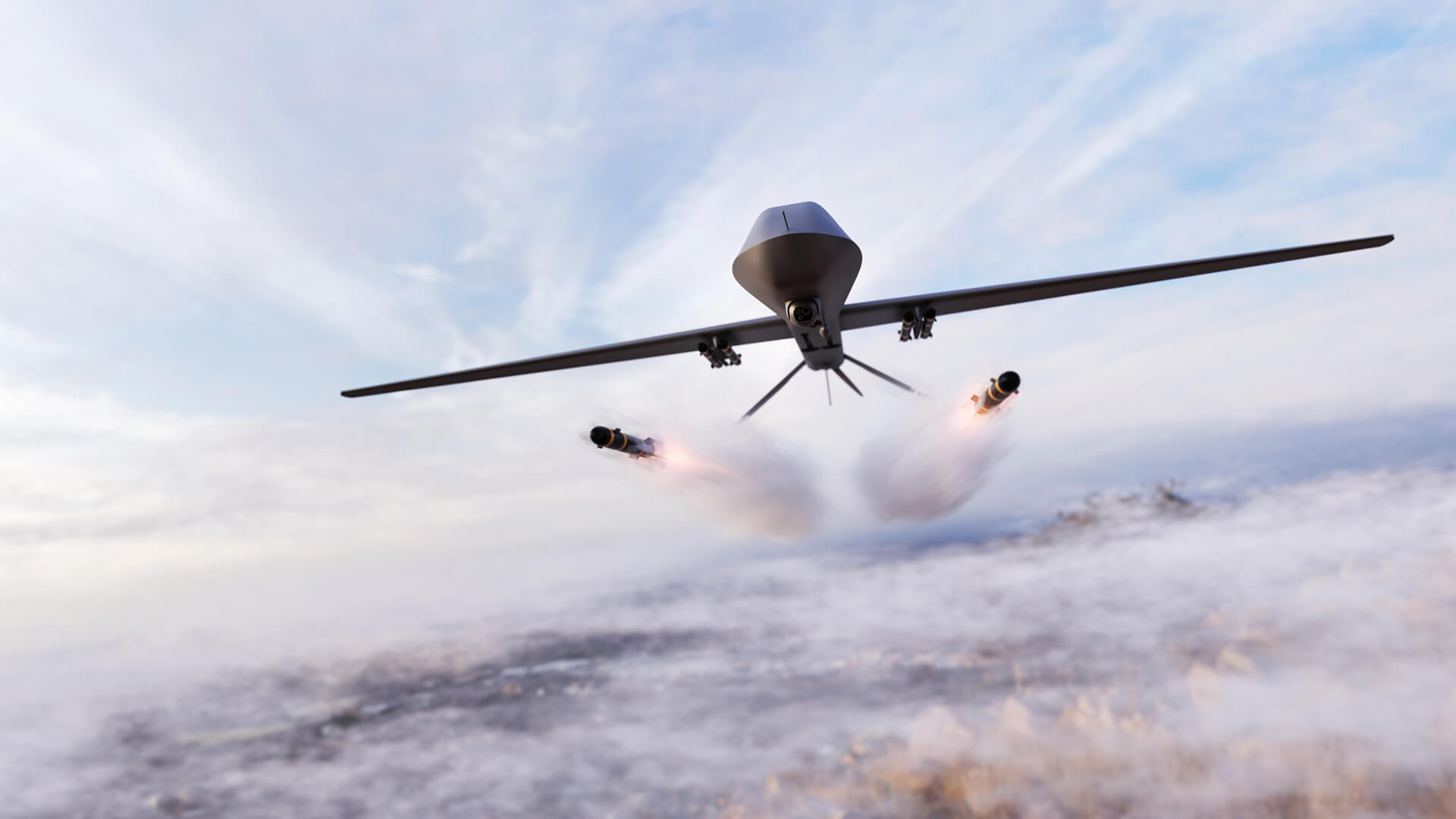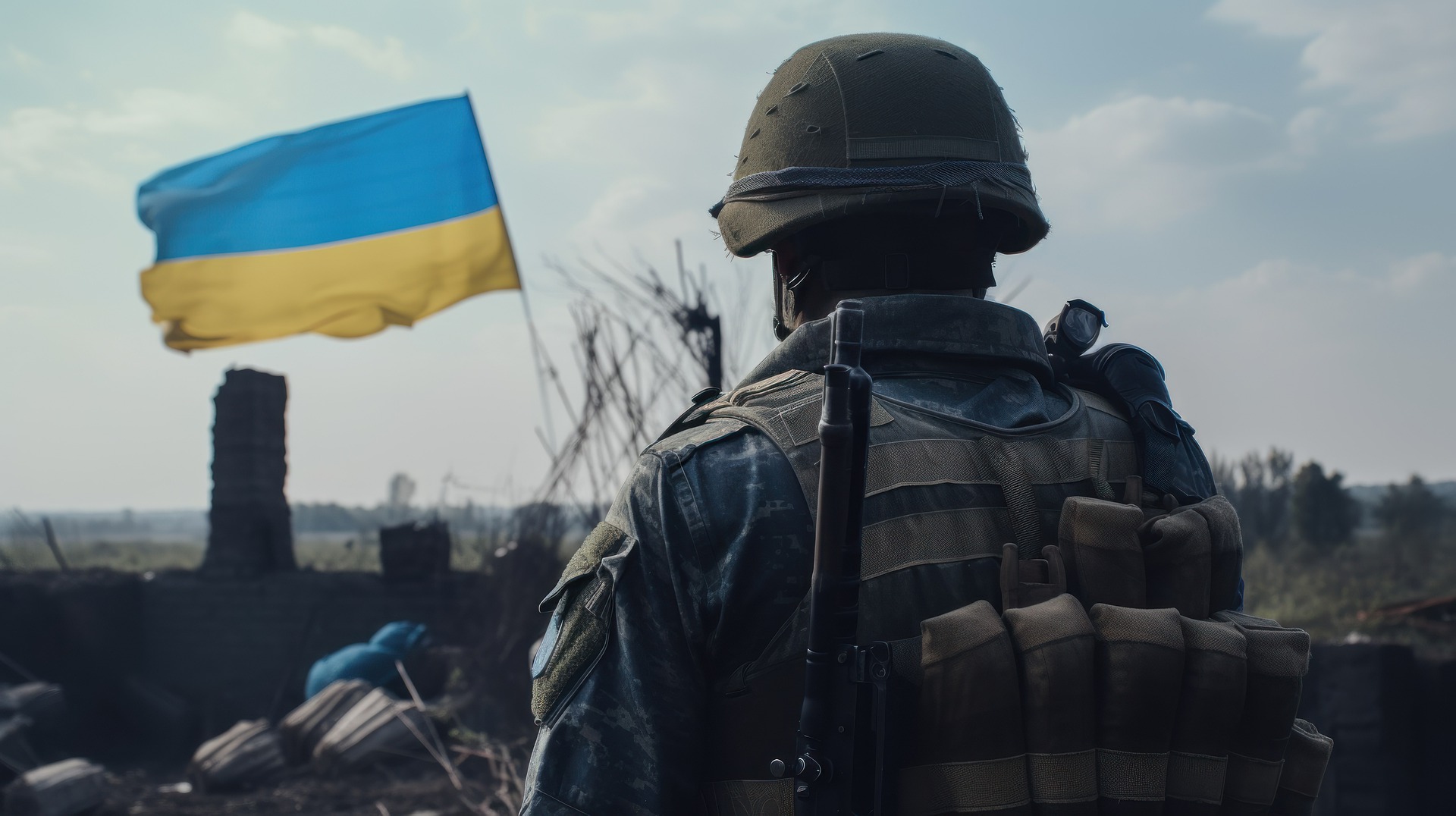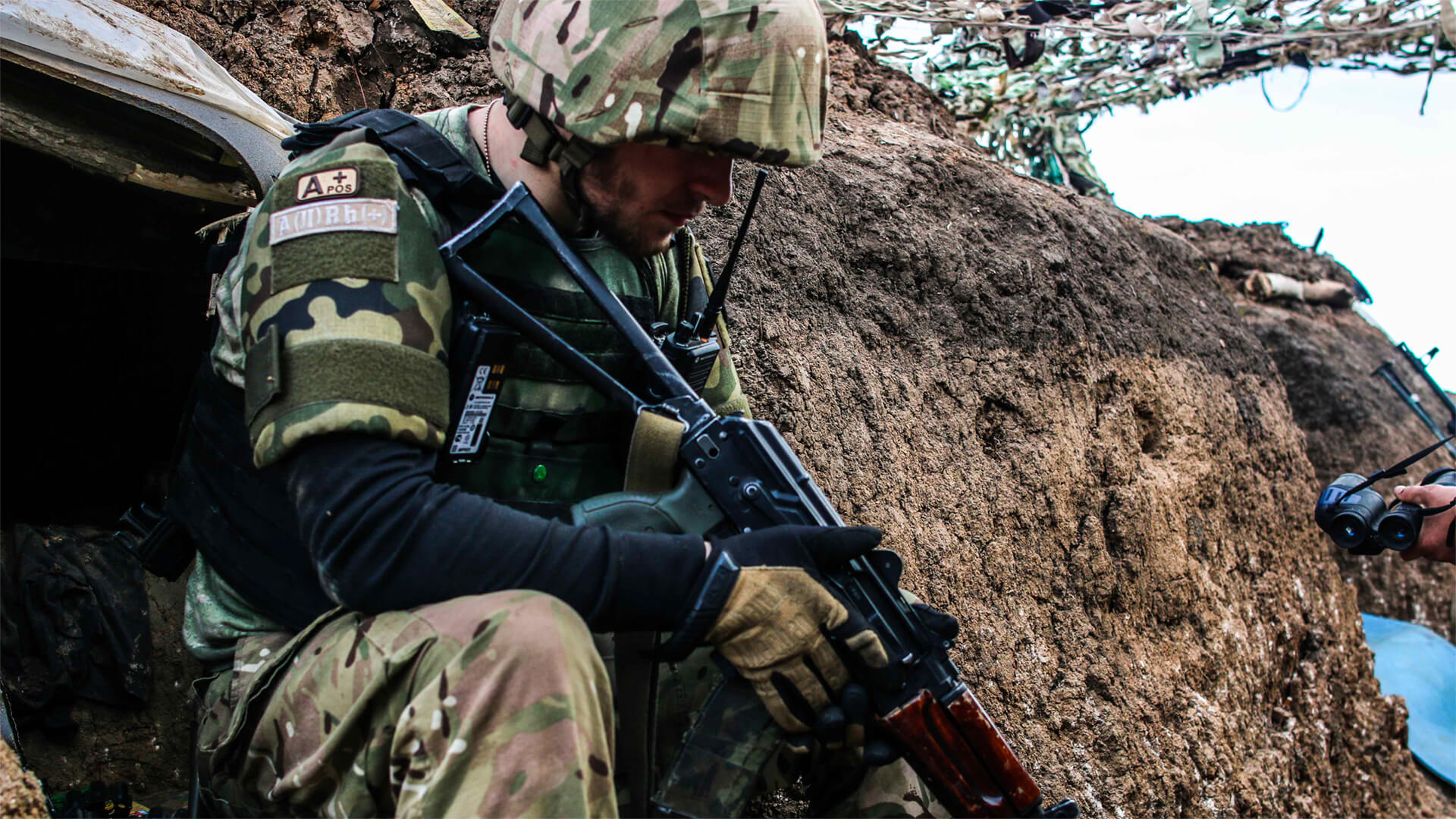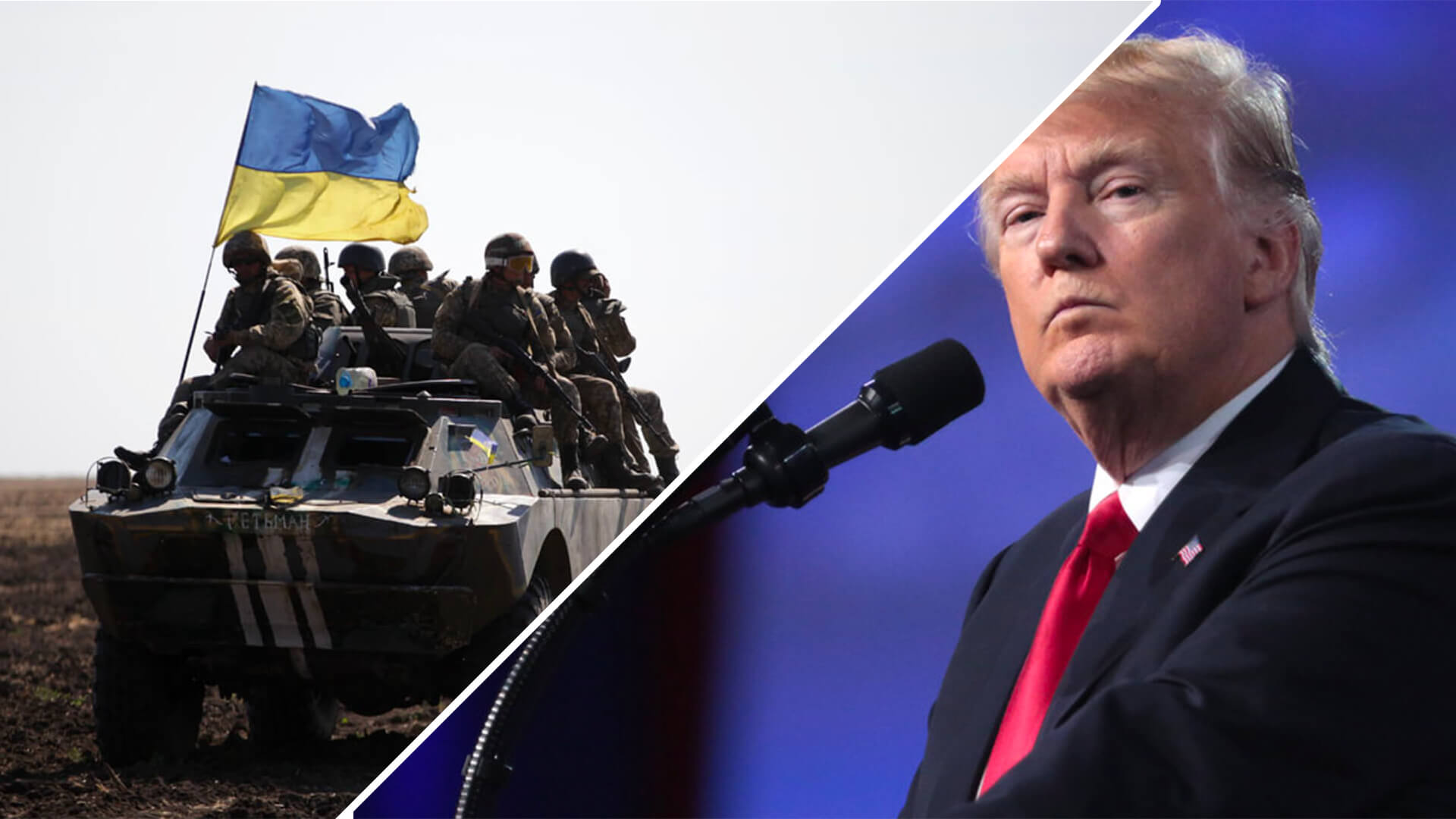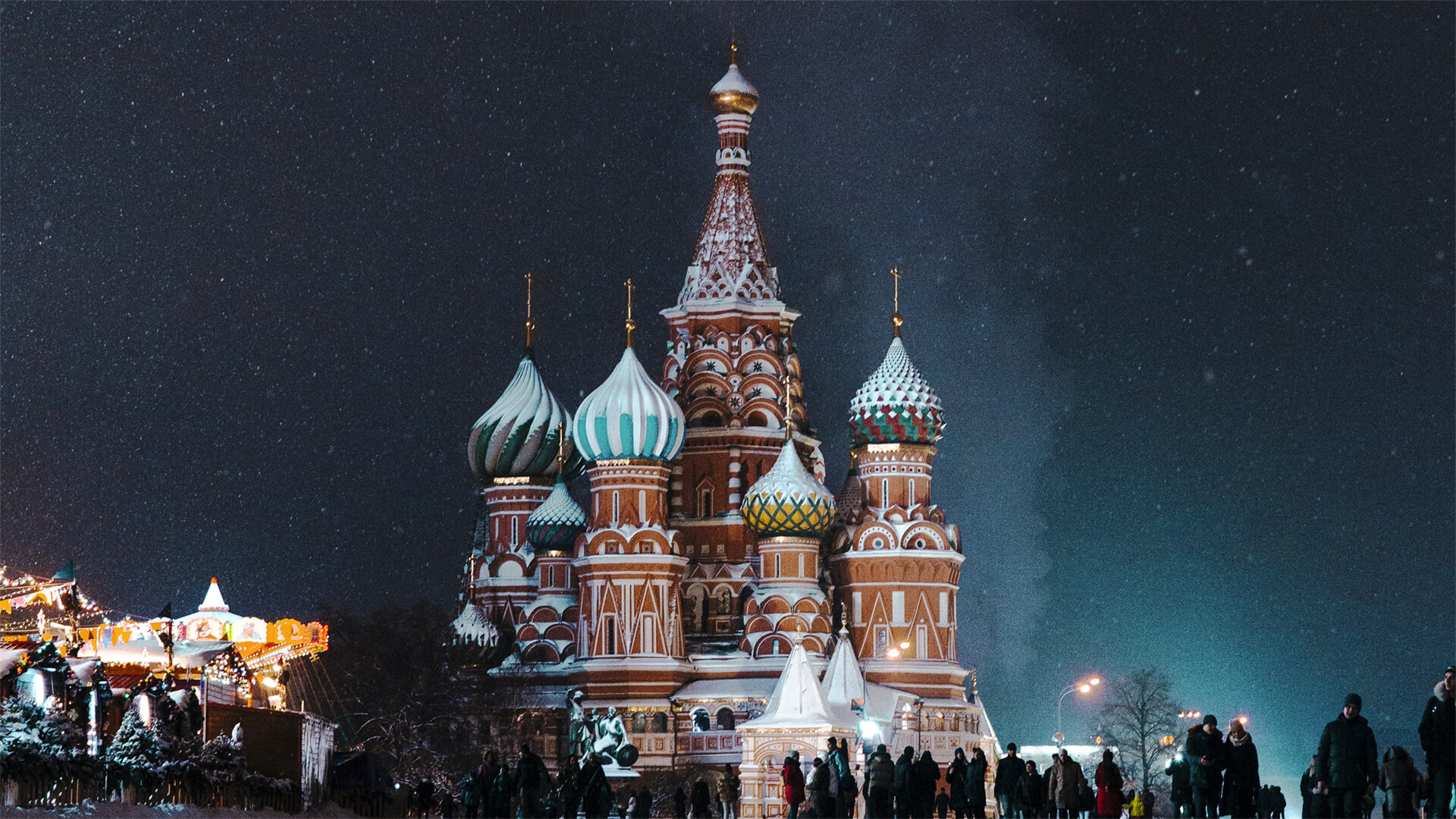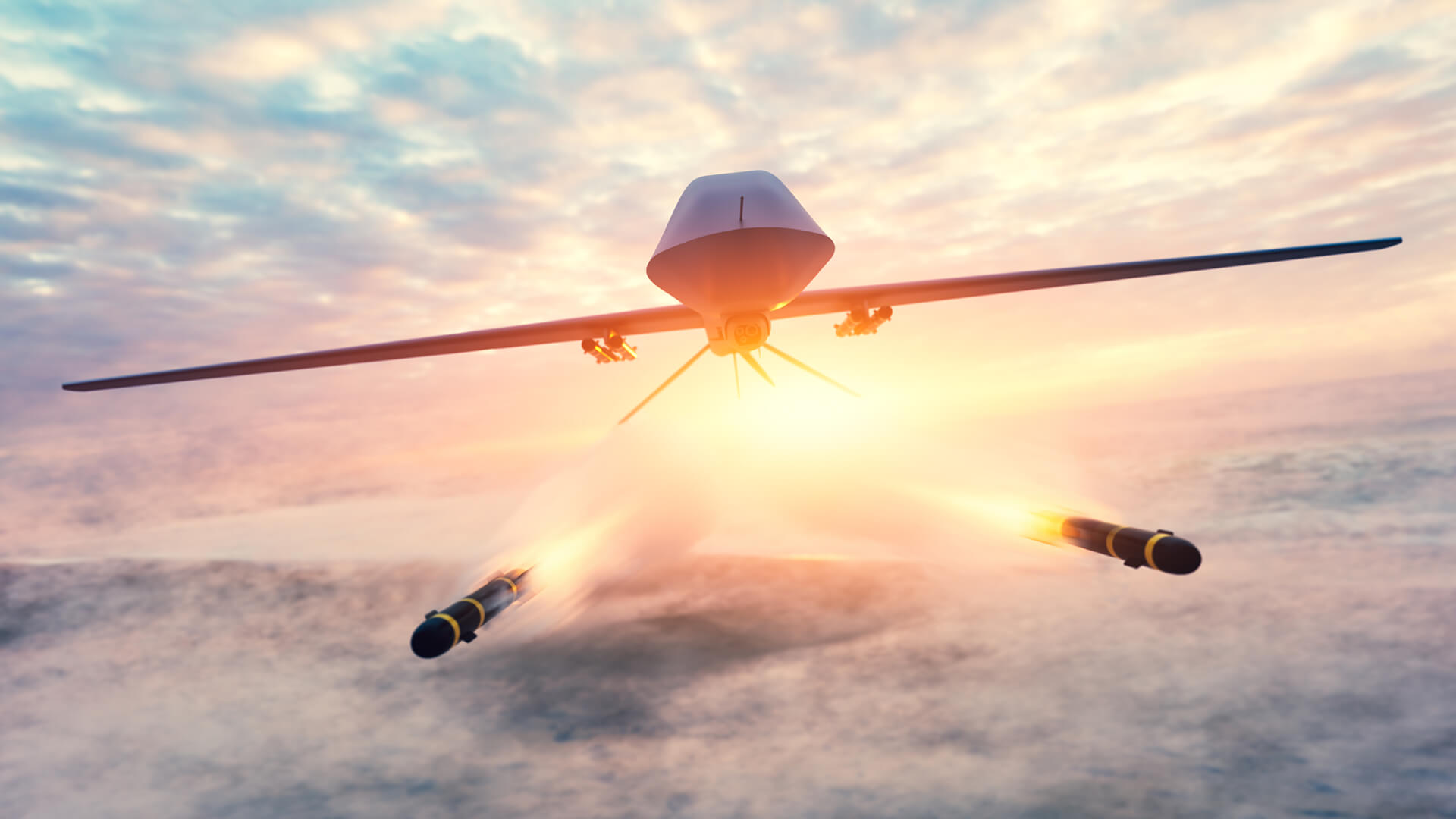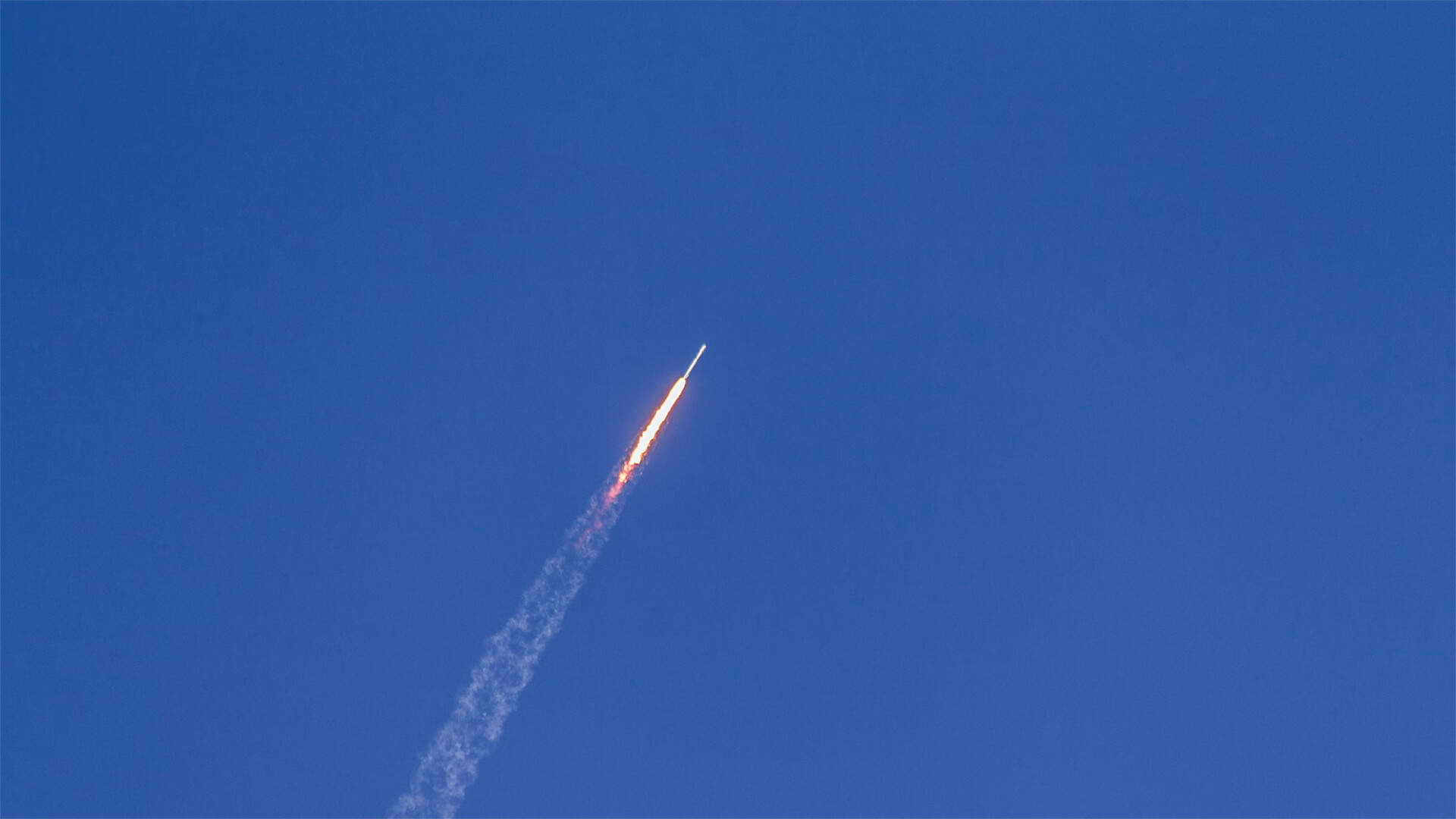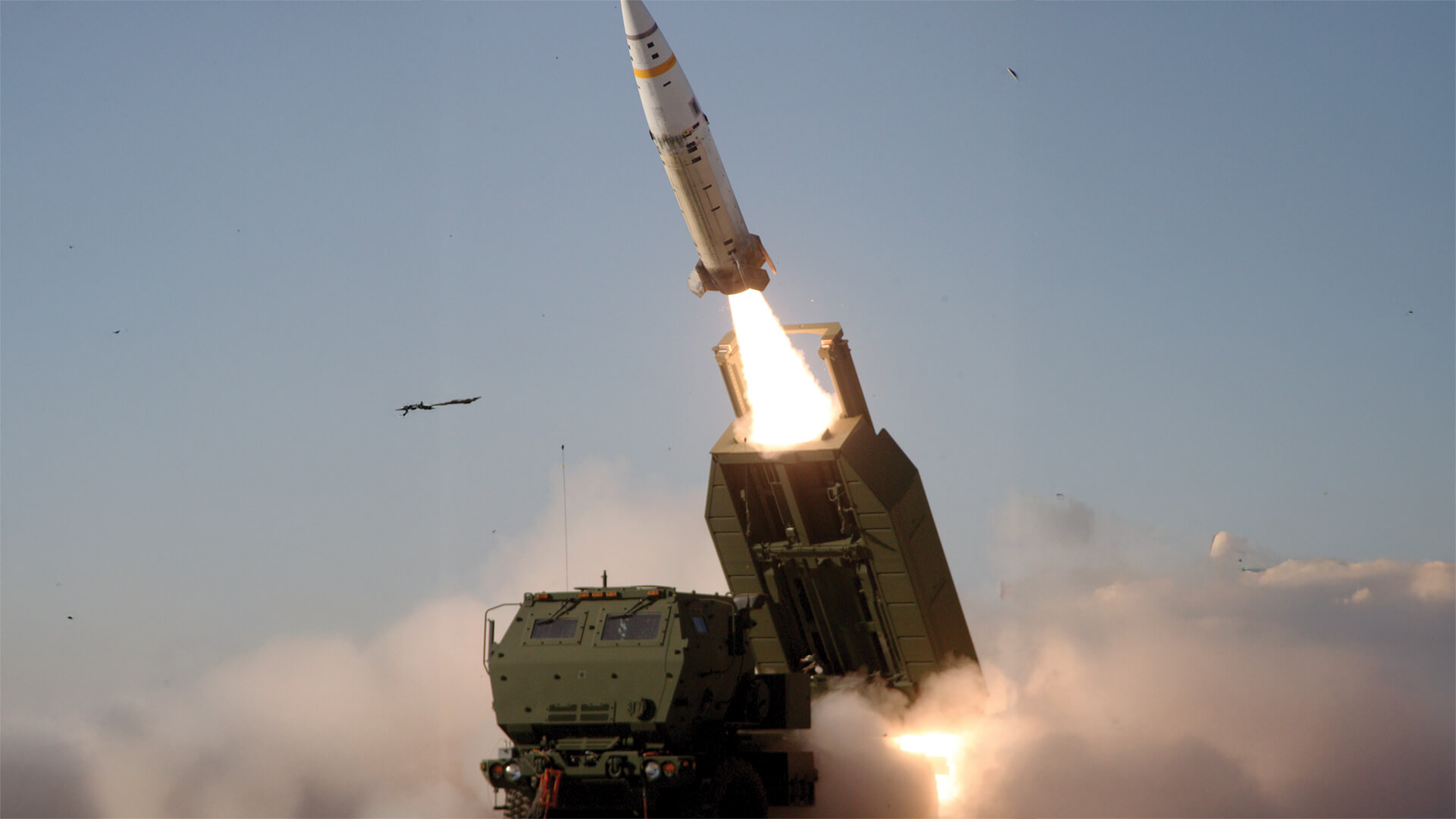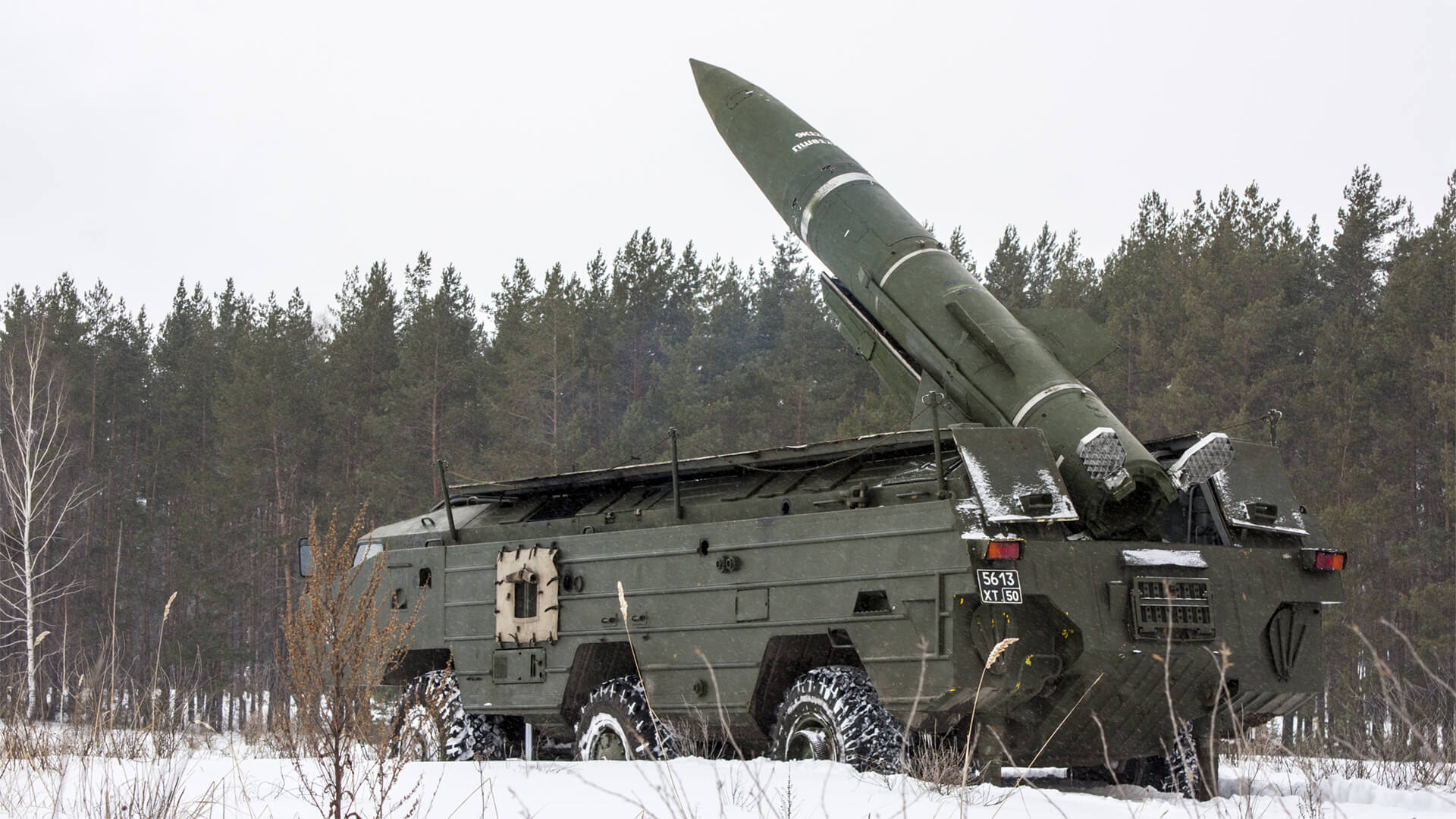Hey everybody. Peter Zeihan here comes to you from Cora Glen, New Zealand, about to relocate. We’re going to launch off a bit of an open ended series today, talking about the challenges that are going to be facing the incoming administration of president elect Trump. He’s actually President Trump, president elect. He’s both. Anyway, specifically today, we’re going to talk about what’s going on in Ukraine and Russia.
And before we go into the impact that Trump can or cannot have, I think it’s best to, revisit why the Russians are doing what they’re doing. They don’t feel they have a choice in this war. I would argue that they’re broadly correct with that, which doesn’t mean that there is a solution where everyone can just get along.
It’s part of the problem. You see the the core territories that the Russians are from Moscow and the territories to the north, south and southwest are open and they’re vulnerable, and there’s no natural barriers that prevent invasion. And so what the Russians have always done since the time of the early is ours, is to expand as much as they can, absorb culture after culture, people after people, conquer nation after nation, until they reach a series of geographical barriers that do block tanks and troops.
And those barriers are the Arctic Ocean, the Baltic Sea, the Carpathian Mountains, the Caucasus and the deserts and high mountains of Central Asia. Anyway, under the time of Stalin and during most of the Cold War, the Russians controlled all of these territories, and they were the most secure they’ve ever felt.
That is one of the many reasons why, during the Cold War, the primary concern was about a nuclear catastrophe rather than a conventional invasion. We are now in a different system. However, though, post-Soviet Russia lost control over almost all of those access points. And in the time since, the wall fell in 1989, the Russians have launched or participated in nine different military operations, of which the Ukraine war is only the most recent.
So if there’s anything that we know about the Russians, it’s that this war was always going to happen and it was never going to be the last one. And any sort of peace deal or armistice simply buys the Russians time to recoup so that they can then go for the next thing. And if they do succeed in absorbing all of Ukraine, as soon as they are capable, they’ll go after the next line of countries in the west, which are Estonia, Latvia, Lithuania, Poland, Romania and Moldova, all of which Moldova are members of NATO.
So, we are not at the end of the story here. We’re in the middle of the story. That’s the why, the why now is even more simple. It’s demographics. The bottom fell out of the Russian birthrate back in the 1980s. We had something called a Death cross in the 1990s where the birthrate fell below the death rate at one point, twice as many people were dying every day in Russia as were being born.
There since been a bit of a recovery, but it’s since turned again. And that’s before you consider the war. So this was always going to be the final decade that the Russians could attempt to use their superior numbers to force a military solution to their what they see as their frontier problem. And if they had waited until 2030, there simply wouldn’t be enough men in their teens and 20s to even make a meaningful attempt.
So it was always going to happen, and it was always going to happen about right now and what happens in the rest of the world, from the Russian point of view, is a rounding error in considering how they prosecute conflict. And to Trump, Trump says he can stop the war in 24 hours. Trump says a lot of things that a lot of people don’t take seriously.
But let’s assume for the moment that there was a deal to be had. What has been floated from the Trump camp is an armistice along the current division line, with European troops coming in to monitor the cease fire and the, Ukrainians facing a 20 year pause before they can even consider applying for NATO membership. Now, from the Ukrainian point of view, this is obviously not a deal because it takes roughly a quarter of their population, excuse me, a quarter of their territory, and locks it more or less permanently under Russian control.
But moreover, this is a deal that the Russians would never accept because they don’t have 20 years and they don’t need just get Ukraine, they need to get the rest of the entire Western periphery. They need to get Georgia and Azerbaijan and Armenia and the bulk of Central Asia. If they wait 20 years, the demographic bomb will fully gone off.
And so the Russians have rejected this proposal posthaste. Now, let’s talk about a couple of the minor things going on. There are a lot of conspiracy theories going around right now. Oh, my God, there’s so many conspiracy theories going on right now. But let’s deal with the one that deals with the Ukraine war that the Russians only attack because they thought the Biden administration was weak.
Anything? No. The specific timing for the launching of Ukraine war was very straightforward.
Trump made it very clear four years ago that if he was reelected, he was going to withdraw from NATO fairly early in his second term.
This was something that was communicated to Putin. And so Putin was very clear that should that happen, Ukraine would basically be handed to him on a plate. And when that’s not how things unfolded, he felt that the only way to get what he needed was to launch a military attack, which was correct. So there is nothing there that is Trump related that caused or deferred the war in any meaningful sense.
Like I said, this was always going to happen. Now, that doesn’t mean that the Russians don’t have some opinions on Donald Trump. They find him to be an eminently, manipulable person. They were able to hire him off from all of his security personnel, including the Secret Service, in the first term, and to get him into a room alone with Putin and Putin’s senior staff.
That’s never happened throughout American history, at any summit anywhere, and where you’d have a president completely separated from anything. And what the Russians found out was that, Donald Trump really didn’t know a whole lot about what was going on. Unlike most presidents who rely on their cabinet members to keep them informed,
Donald Trump relies on his cabinet ministers, to keep him feeling good about himself. And so whenever somebody would tell him something that he didn’t know and make it very clear that he wasn’t the smartest person in the room and each and every topic, he generally fired them. And so the Putin government really liked the first Trump term, because nothing could really get done on the American side.
That wasn’t being done on Twitter. And they have high hopes for the second term, because a number of the people that are being appointed to, cabinet level positions, for example, the Trudeau defense secretary, has limited military experience. He’s a culture warrior. And it’s very clear that doesn’t actually have any plans in mind for the military aside from Woking.
It, as he says, and from the Russian point of view, this is brilliant, because if you can hobble the ability of the American military to function, the American intelligence community function because the coordinator of that is basically somebody who’s been working for the Russians for years. Then all of a sudden you have a free hand, or at least that’s what they think.
I think, as is typical with the Russians, they may have overthought this out and come to the wrong conclusion. If you go back through modern American Russian history, the Russians do this from time to time. They think they have an upper hand. They think they can play the American president, whether it’s in jet, whether it’s JFK, or Bill Clinton or someone else, and then they discover, no, that’s not really how it works.
This is still the most powerful country in the world. And regardless of what you think of the individual leader, there’s a lot of institutional heft there. Even if the individual leader has a problem with the institutions. In this specific case, though, it’s much more personal. They have already told Donald Trump flatly, no. And if you are a world leader in the current age and you want something out of the United States, we all learned in Trump term one that the way to do it is to flatter Donald Trump.
And for whatever reason, the Russians have forgotten that. And so,while Zelensky of Ukraine has already been on the phone with Donald Trump to talk, while the Canadian prime minister has already flown down to Mar and Allegro, while Sheinbaum of Mexico has already been on the phone, while several European leaders have already arranged for talks basically to kiss up to get what they want, the Russians seem to have forgotten that and they just said no.
And so if you take Donald Trump’s temperament and apply it to the situation, I think it’s pretty safe to say that the Russians are not going to get what they’re hoping to get. At the same time that Donald Trump has come up with this brilliant, the best, the awesome plan, of freezing the conflict for 20 years, which was something would be, anathema to Russian strategic plans in the short, medium and long term.
So regardless of what Trump said during the campaign, regardless of what JD Vance, who is a Russian apologist, said during the campaign, he really comes down to the emotions of one person right now on this issue. And the Russians have really gotten off to the wrong foot and put that foot directly in their mouths.

